A peek into the Advanced journal archives reveals some of the interesting and creative work published over the years that is still being cited today.
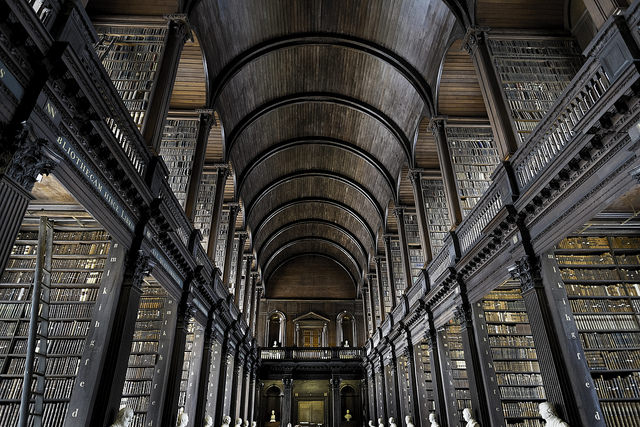

A peek into the Advanced journal archives reveals some of the interesting and creative work published over the years that is still being cited today.
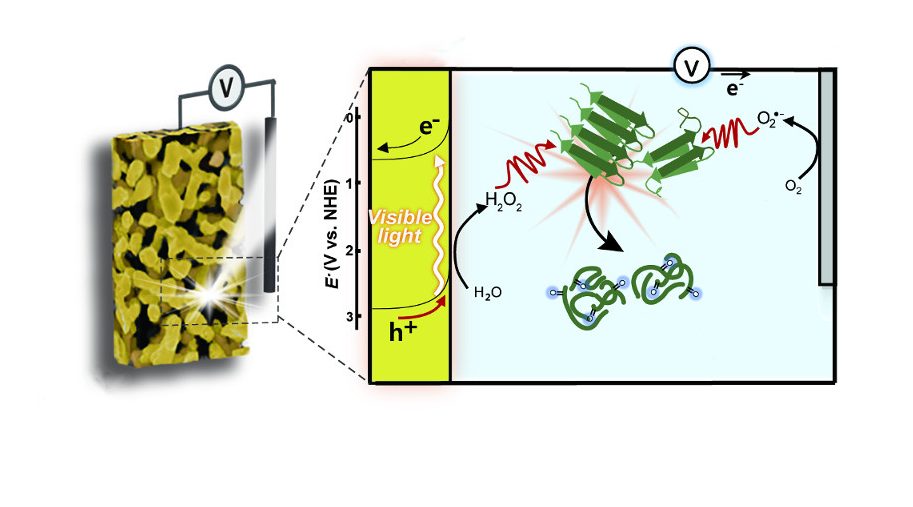
Expanding beyond traditional photodynamic approach: photoelectrochemical oxidation of toxic Aβ aggregates with an inorganic photoelectrode.
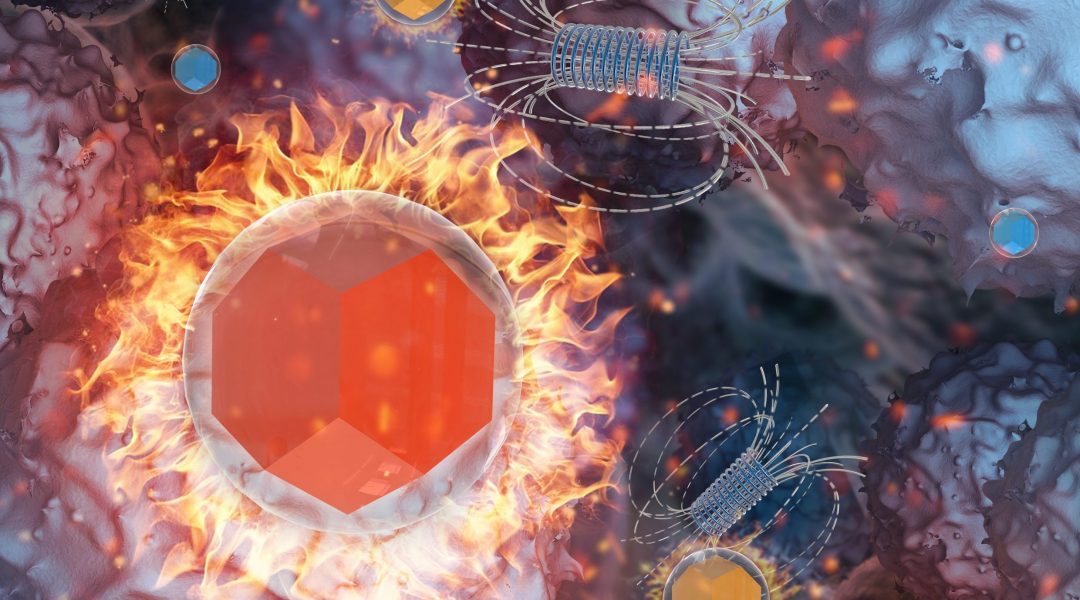
Careful design of magnetic properties in nanoparticles of alloyed magnetically hard and soft ferrites leads to high-performing particles.
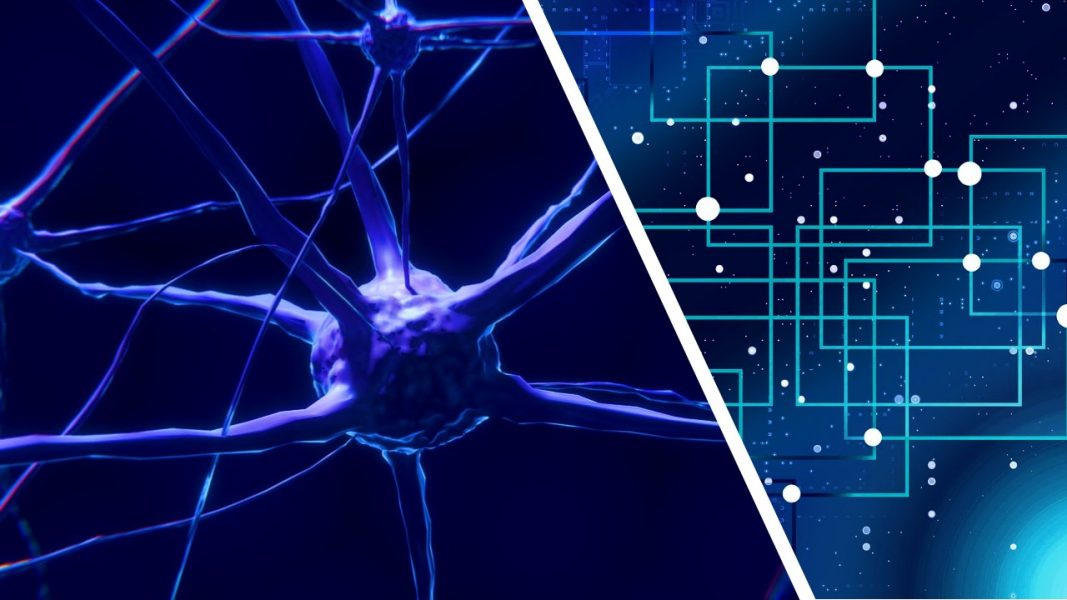
Ultracompliant hydrogel-based multielectrode arrays as neural probes.
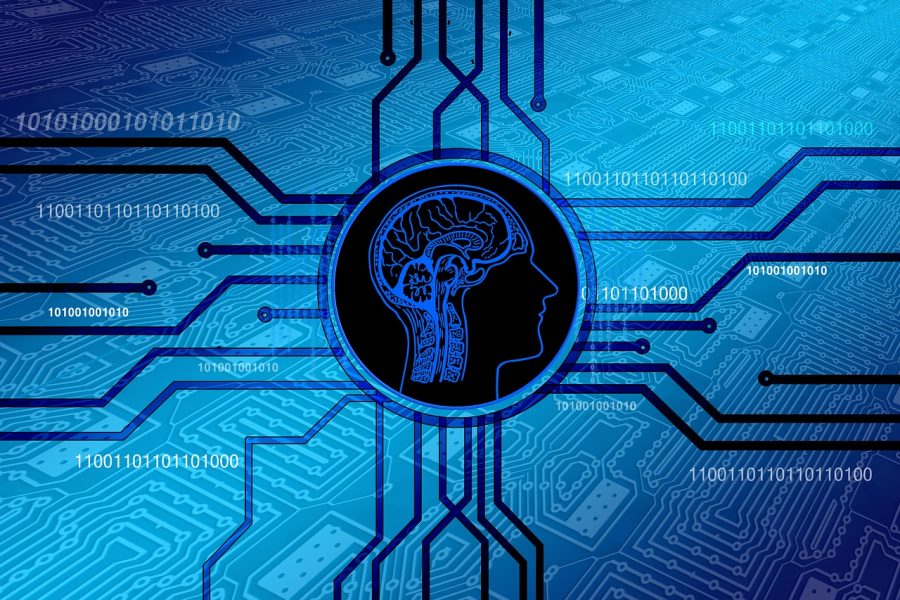
Machine Learning (ML) is a well‐known paradigm that refers to the ability of systems to learn a specific task from the data and aims to develop computer algorithms that improve with experience.
There are striking similarities between the structure of natural river networks and others found in systems as diverse as brains, roads and the communication technologies. Using a series of examples, the authors illustrate how a suite of graph theory-based metrics derived from diverse disciplines can be used to provide new insights into the structure and kinematics of braided river networks.

A German team of scientists published an overview on all the most recent knowledge on the role of the ultraviolet radiation in eye health and its aging process.

A review of the role of olivocochlear neuron development in human hearing.

The broad applications of LOV domains in optogenetics are reviewed.
![A Dual-Modal Probe for Early Detection of Alzheimer’s Disease [Video]](https://www.advancedsciencenews.com/wp-content/uploads/2018/06/smll201800901_ASN_image.jpg)
A novel probe for imaging amyloid-β (Aβ) in vivo is developed, enabling the early detection and diagnosis of Alzheimer’s disease.